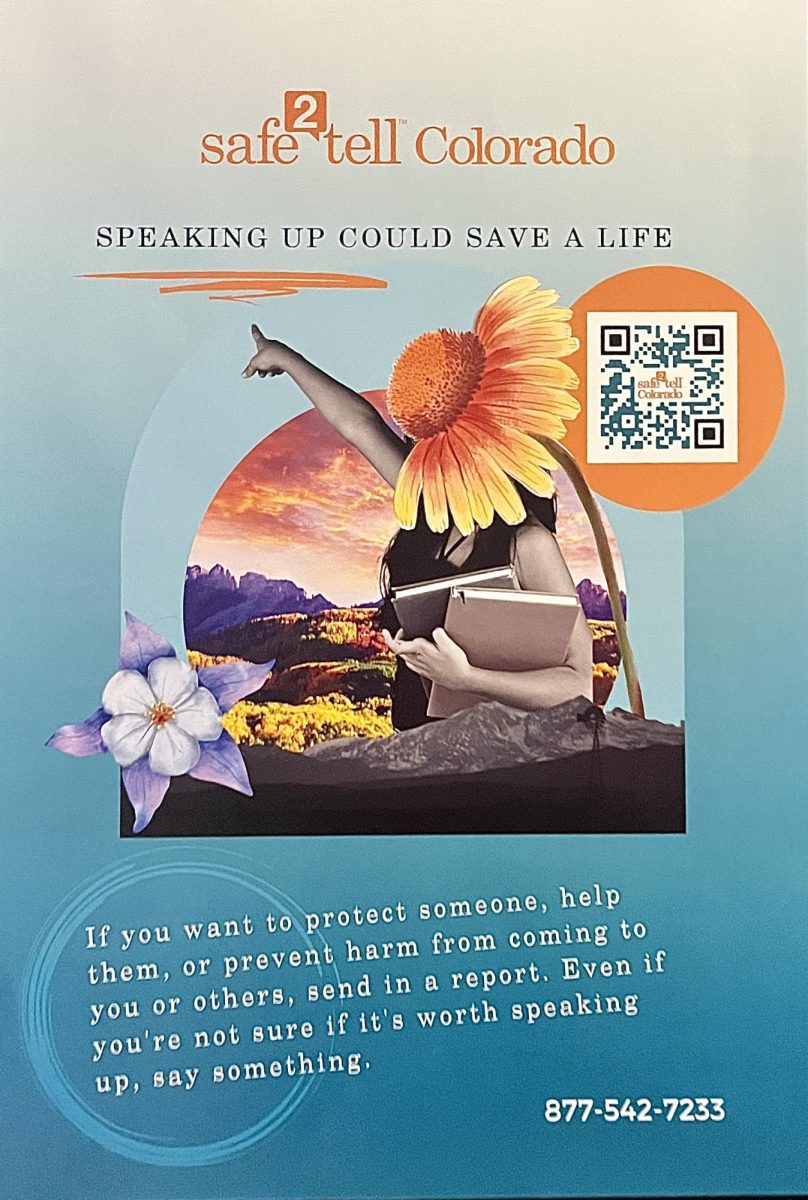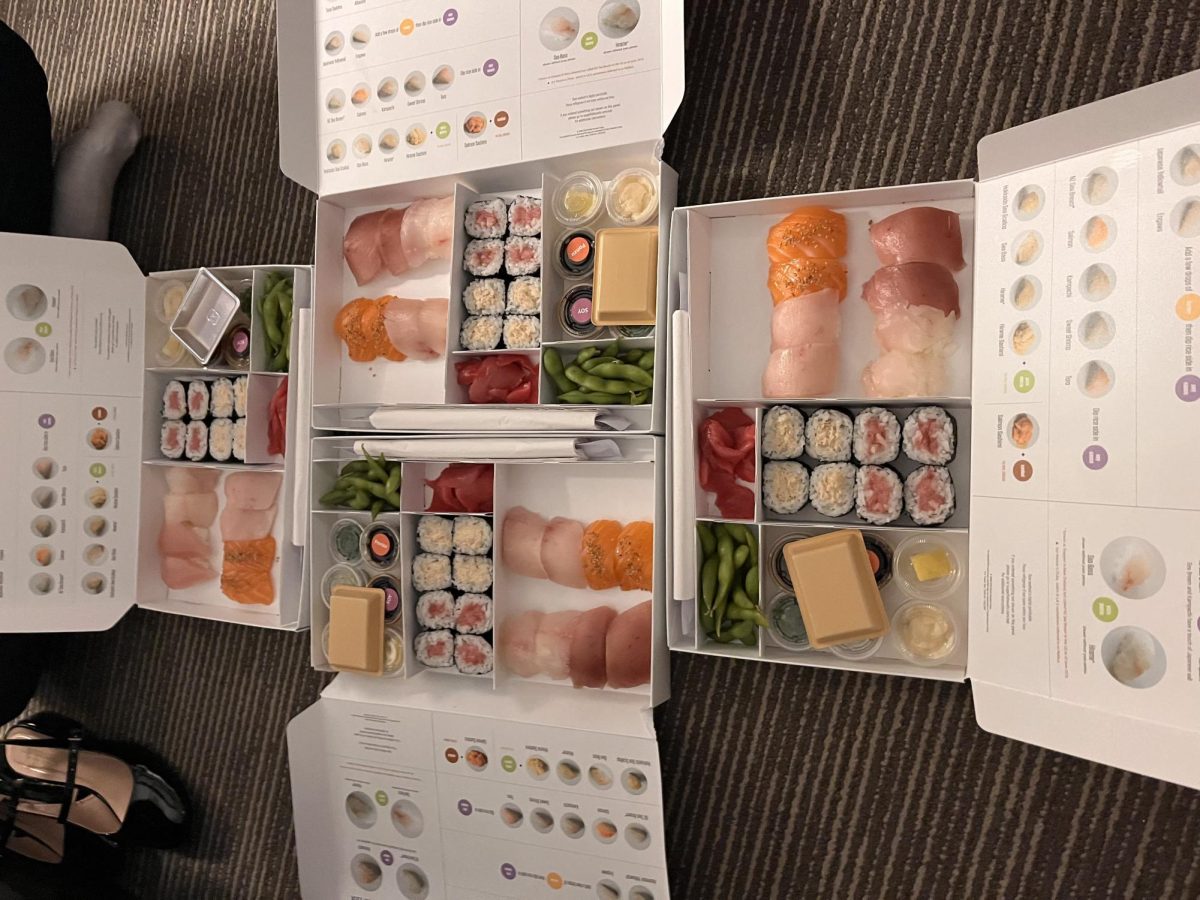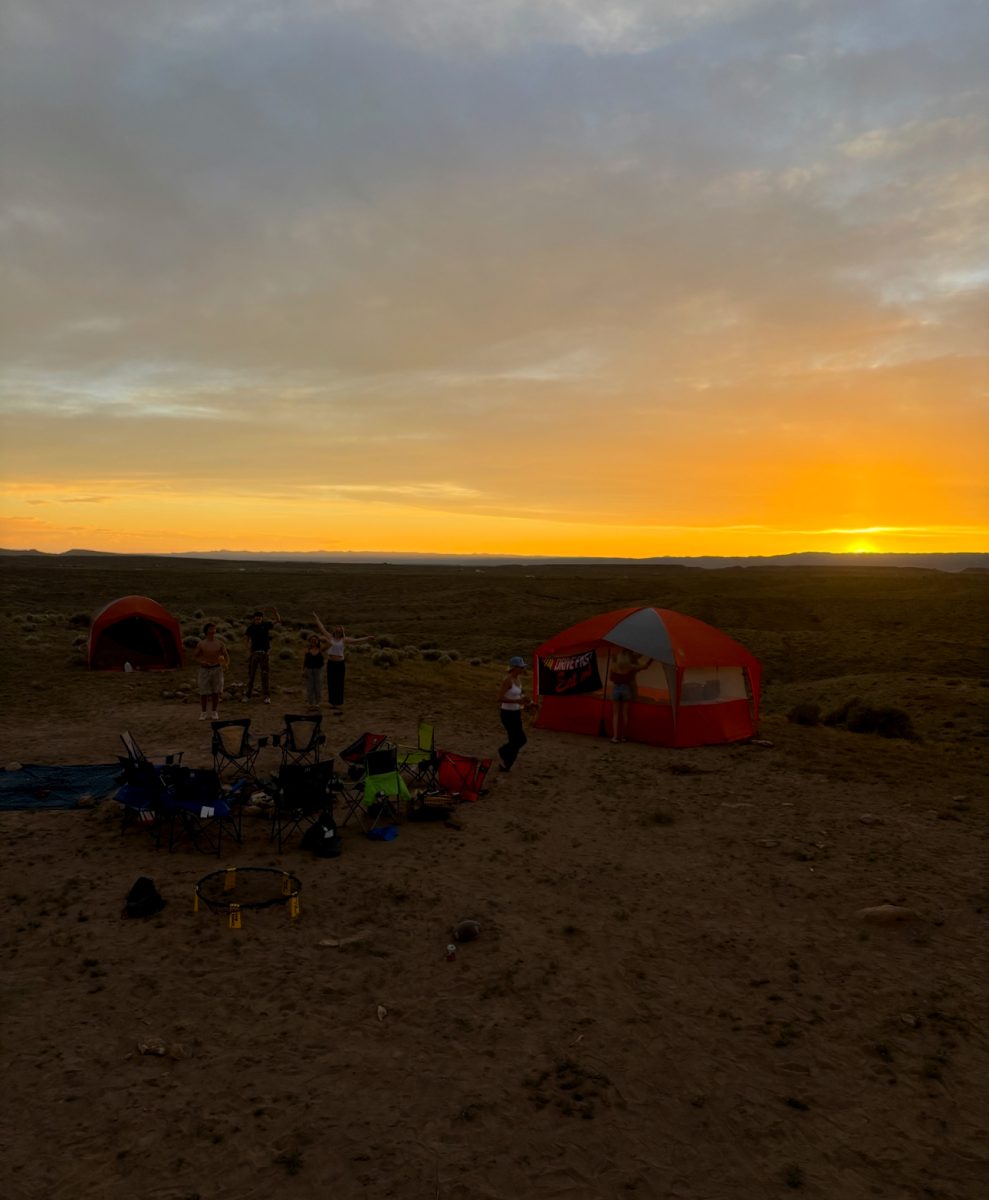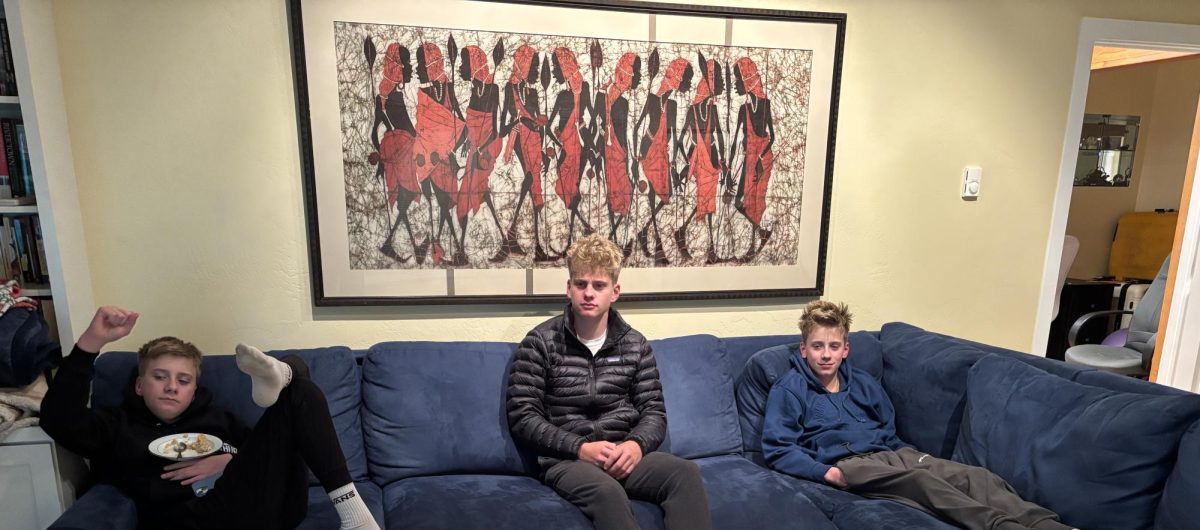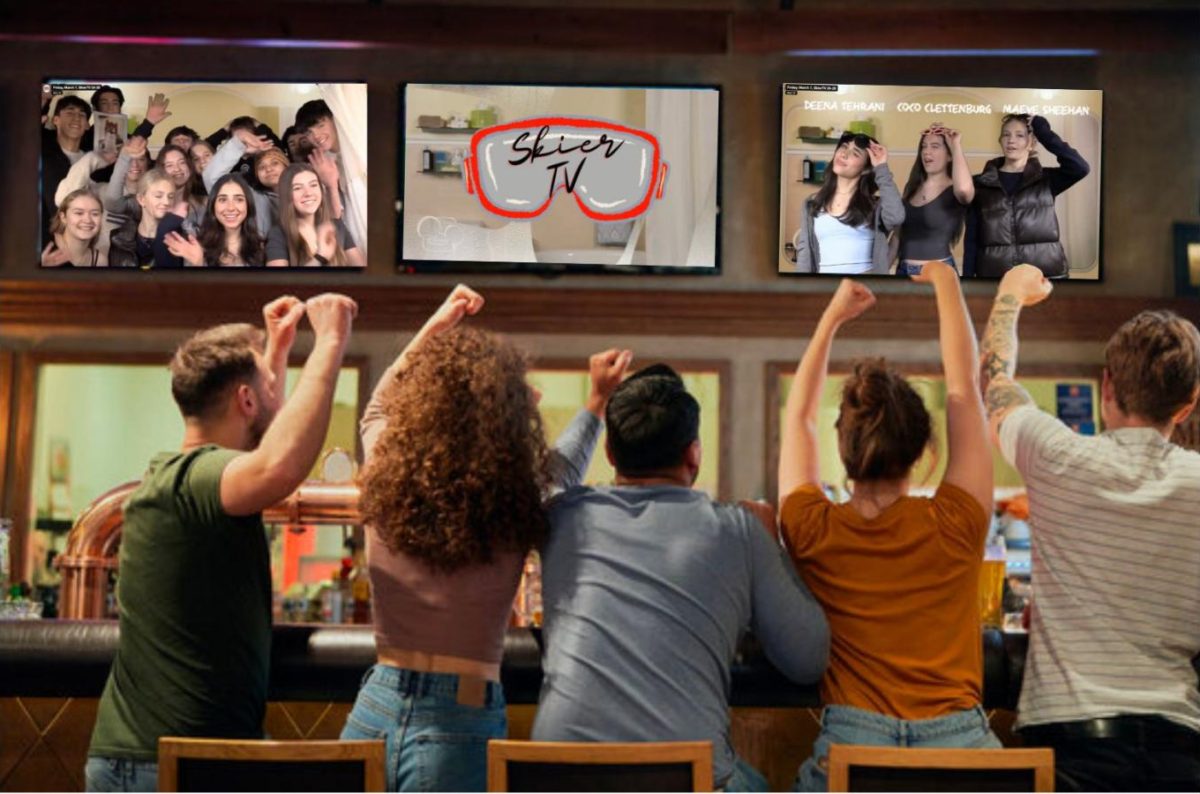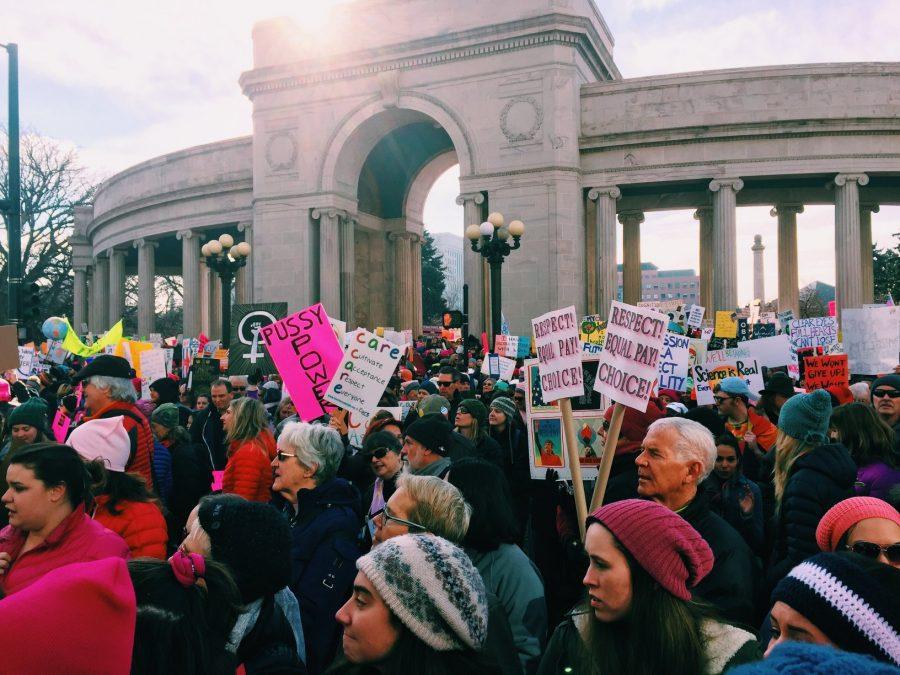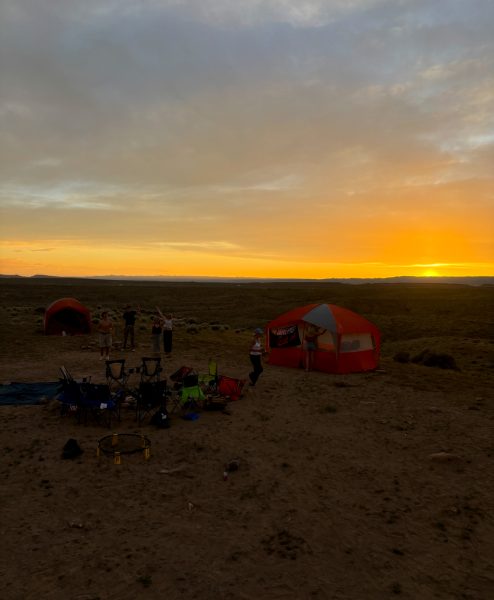Whats Next For The Women’s March
Processed with VSCO with c1 preset
DENVER–My voice joined the chants of 200,000 people forming a harmony of proud and determined women and men of all ages. Throughout the last year, I have stood idly by and watched as those eligible to vote elected and supported a leader that I felt threatened my rights and the rights of large groups of people in the United States. Being too young to vote made me feel powerless, but on January 21 2017, I was finally able to be a part of something bigger than myself–the Women’s March at Denver.
The day after Donald Trump took office, an estimated 3.2 to 4.8 million people, according to a study done by UConn professor Jeremy Pressman, marched throughout the United States. In addition, there were 670 sister marches around the world that spanned every continent (including Antarctica) which gathered approximately 275,000 to 327,000 people. These marches culminated as a protest of the demoralizing comments made by Donald Trump about women, immigrants and minorities, as well as to set a precedent for the new administration to protect women’s rights, workers’ rights, disability rights, health care, the LGBT community, the environment, and people from violence.
This event, now considered to be the largest demonstration in U.S. history, was a great step forward in establishing unity among the people, but we still have a long way to go. No matter how many women stood up for their rights on Saturday, that was only the beginning. Whether or not you marched, everyone needs to understand that they have a duty to continue fighting for what they believe in. Many activists like the former White House Communications Director and State Department spokesperson, Jen Psaki, worry that supporters of this movement will not continue the same level of activism after the march that is needed to make a lasting difference. The day after Psaki left the White House, she expressed her concern in an interview with Refinery29.
“The march shouldn’t be a moment to rest and celebrate. It should be a warm up,” Psaki said.
Demonstrators also recognized the need for further action after the march and were left considering the questions: What happens now? What do we do next? Many people believe that the Women’s March on Washington showed the new administration and the world how committed the people are to creating change and that the actions of our government will not go unchecked. The next step is in finding a way to turn a march into a movement.
The Women’s March on Washington has now organized a new campaign called Ten Actions for the First 100 days, which promises to take action on an issue they care about every 10-day cycle. It’s first act is to encourage people to write postcards to their senators about what matters most to them, and a new act will be released every ten days.
While people are still struggling to come up with a definite direction and plan for the future of this movement, it is up to each individual person to get involved. Show up for future protests, call your senators and other elected representatives, and make sure your opinions are heard. If this new reality scares you, don’t allow yourself or others to normalize it and instead feed off the momentum of the 3.5 to 5.1 million people around the world who marched.
For those who want to get involved in the Ten Actions for the First 100 days project, visit the website womensmarch.com.

Jordan is a senior at AHS, and the Editor-In-Chief for the Skier Scribbler. This is her third year as a part of the paper and she plans on writing in college....



